In the rugged hills of La Selva Beach, California, a small team of engineers is quietly rewriting the rules of unmanned aviation. Parallel Flight Technologies (PFT), founded in 2018, has emerged as a pioneer in hybrid propulsion systems for heavy-lift drones, aircraft capable of carrying substantial payloads for extended durations. Their flagship platform, the Firefly, is already redefining what’s possible in wildfire response, logistics, and industrial inspection. Now, with a $3.74 million contract from the U.S. Office of Naval Research (ONR), PFT is taking its innovation to sea.
This new chapter marks a significant leap not just for the company, but for the broader evolution of UAS in defense and maritime logistics. We reached out to Craig Stevens, PFT’s CEO, for an exclusive interview about the technology in general and the recent award in particular.
“At the heart of Parallel Flight’s innovation is its proprietary parallel hybrid-electric propulsion system. Unlike conventional electric drones limited by battery life, Firefly combines a gasoline engine with electric motors, enabling it to carry 100 pounds of payload for over an hour. That’s roughly 10 times the endurance of most battery-powered UAVs in its class,” Stevens said. “The aircraft’s modular design allows for rapid deployment, field maintenance, and mission-specific payload integration. It’s compact enough to be transported in a pickup truck and operated by a two-person crew. With a refueling time of under five minutes and a continuous 2 kW onboard power supply, Firefly is built for demanding, mission-critical environments.”
The issue was that Firefly was not designed for flying over water or landing in maritime platforms, but its hybrid architecture is not only about endurance; it’s also about resilience. The system is designed to continue flying even if one of its engines fails, a critical safety feature for operations over hazardous terrain or populated areas.
From Forests to Fleets: A Naval Mission
On September 9, the Office of Naval Research awarded Parallel Flight Technologies a $3.74 million Sequential Phase II SBIR contract to adapt Firefly for maritime operations. The goal was to transform the drone into a shipboard-capable platform that can operate safely and autonomously over open water.
This contract is part of the Navy’s broader push toward Distributed Maritime Operations (DMO), a strategy that emphasizes agility, dispersion, and survivability across the fleet. In this context, Firefly’s hybrid endurance and heavy-lift capacity make it an ideal candidate for a range of naval missions, from logistics and surveillance to mine countermeasures and hydrographic surveys.
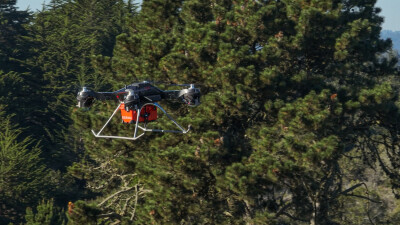
“In order to comply with the specifications of the Navy and still continue our commitment to our existing customers and potential customers, we have deployed a second R&D team to look specifically at the ONR’s requirements,” Stevens noted.
Engineering for the Sea: Maritime Modifications
To meet the Navy’s rigorous operational requirements, Firefly is undergoing a series of specialized upgrades:
- Heavy Fuel Compatibility: The drone will be modified to run on JP-5, the standard fuel used aboard naval vessels.
- Saltwater Protection: Marine-grade materials and coatings will shield the aircraft from corrosion and sea spray.
- Flotation and Recovery: Emergency flotation devices and deck-locking mechanisms will enable safe water landings and secure shipboard retrieval.
- Autonomous Deck Landing: Advanced sensors and software will allow Firefly to autonomously land on moving ship decks, even in rough seas.
- Environmental Sealing: Critical components will be sealed against humidity, salt, and temperature extremes.
- BVLOS Expansion: The platform will undergo extended Beyond Visual Line of Sight (BVLOS) testing to support long-range maritime missions.
“These enhancements will make Firefly one of the few heavy-lift drones capable of operating from ships without the need for catapults, arresting gear, or large flight decks,” Stevens emphasized
Strategic Impact: A New Tool for Naval Logistics
The Navy’s interest in Firefly reflects a growing recognition that unmanned systems can fill critical gaps in distributed logistics and reconnaissance. With its ability to carry 100 pounds of cargo or sensors for over an hour, Firefly could:
- Deliver supplies between ships or from ship to shore
- Conduct littoral surveillance and ISR (Intelligence, Surveillance, Reconnaissance)
- Deploy sensors for underwater vehicle detection or mine hunting
- Support disaster relief and humanitarian missions in coastal zones
In each case, the drone’s hybrid endurance and rapid refueling offer a decisive advantage over battery-only systems, which often require long recharge times and offer limited range.

“While the Navy contract marks a major milestone for us, Parallel Flight Technologies has always envisioned dual-use applications for our platform," Stevens told Commercial UAV News. "Firefly is undergoing a dedicated reliability-testing regimen in preparation for deployment in wildfire suppression, delivering retardant or supplies to frontline crews, medical logistics, transporting blood, vaccines, or equipment to remote areas, agriculture, carrying sensors or spraying payloads over large fields and utility inspection, surveying power lines, pipelines, and infrastructure in hard-to-reach areas.”
The maritime upgrades developed for the Navy could easily translate to commercial shipping, offshore energy, and environmental monitoring, sectors where long-range, heavy-lift drones are in high demand.
Parallel Flight Technologies is also exploring future variants of Firefly with increased payload capacity, longer range, and AI-enhanced autonomy. As regulatory frameworks evolve, particularly around BVLOS operations, the company is positioning itself to lead in both defense and commercial markets.
In an industry crowded with short-range quadcopters and experimental prototypes, Parallel Flight Technologies stands out for its pragmatic engineering and mission-first mindset. By solving the endurance-payload tradeoff with a robust hybrid system, they’ve created a platform that’s not only versatile but also operationally relevant.
With the U.S. Navy now backing its maritime evolution, Firefly is poised to become a workhorse of the skies, and soon, the seas. Whether delivering critical supplies to a wildfire crew, surveying a coastline after a hurricane, or ferrying parts between ships in the Pacific, this drone could prove that endurance, payload, and adaptability are not mutually exclusive.
As the boundaries of unmanned aviation continue to expand, Parallel Flight Technologies is charting a course that’s as bold as it is necessary, one that could reshape how we think about logistics, autonomy, and the future of flight.

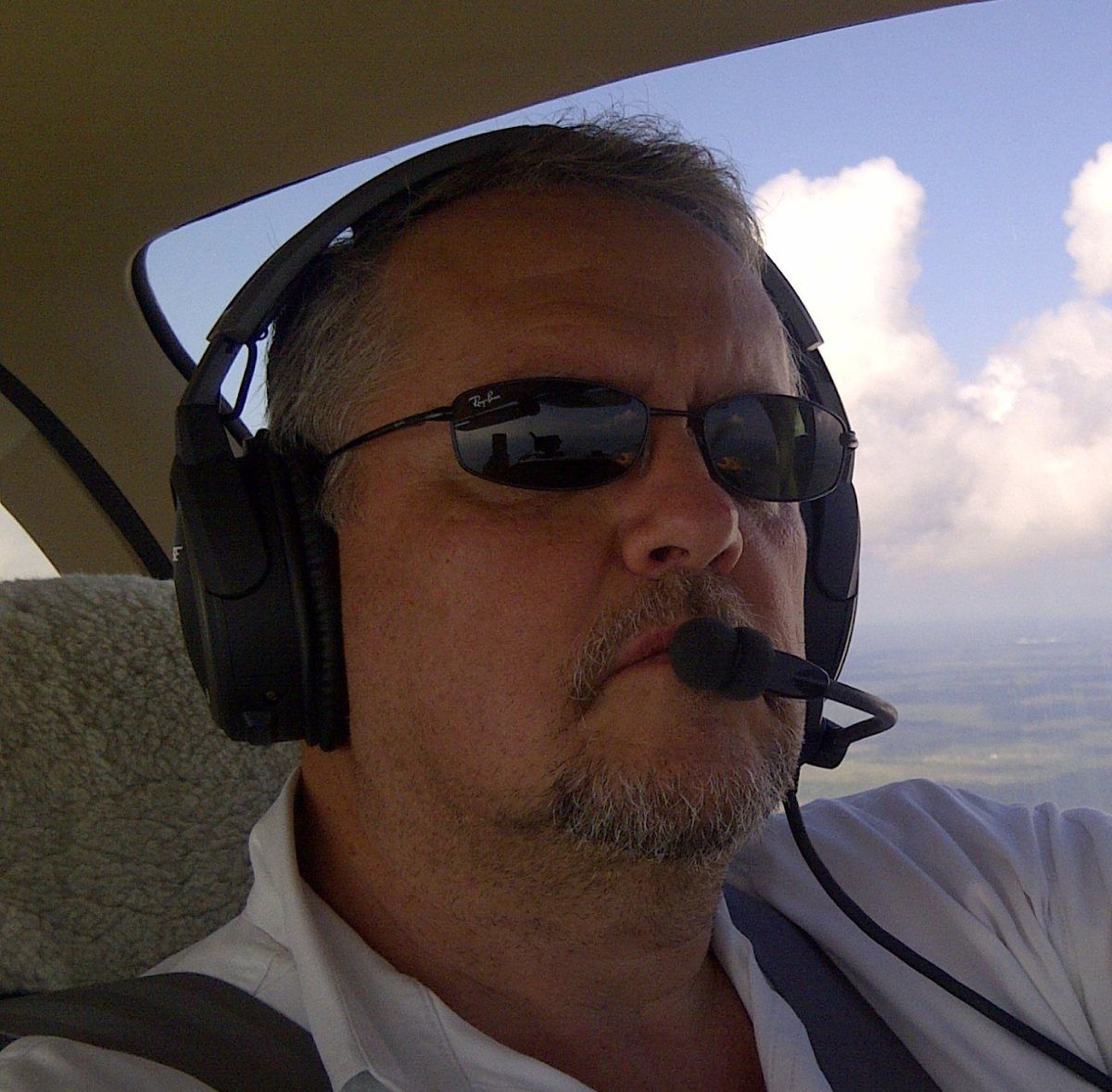
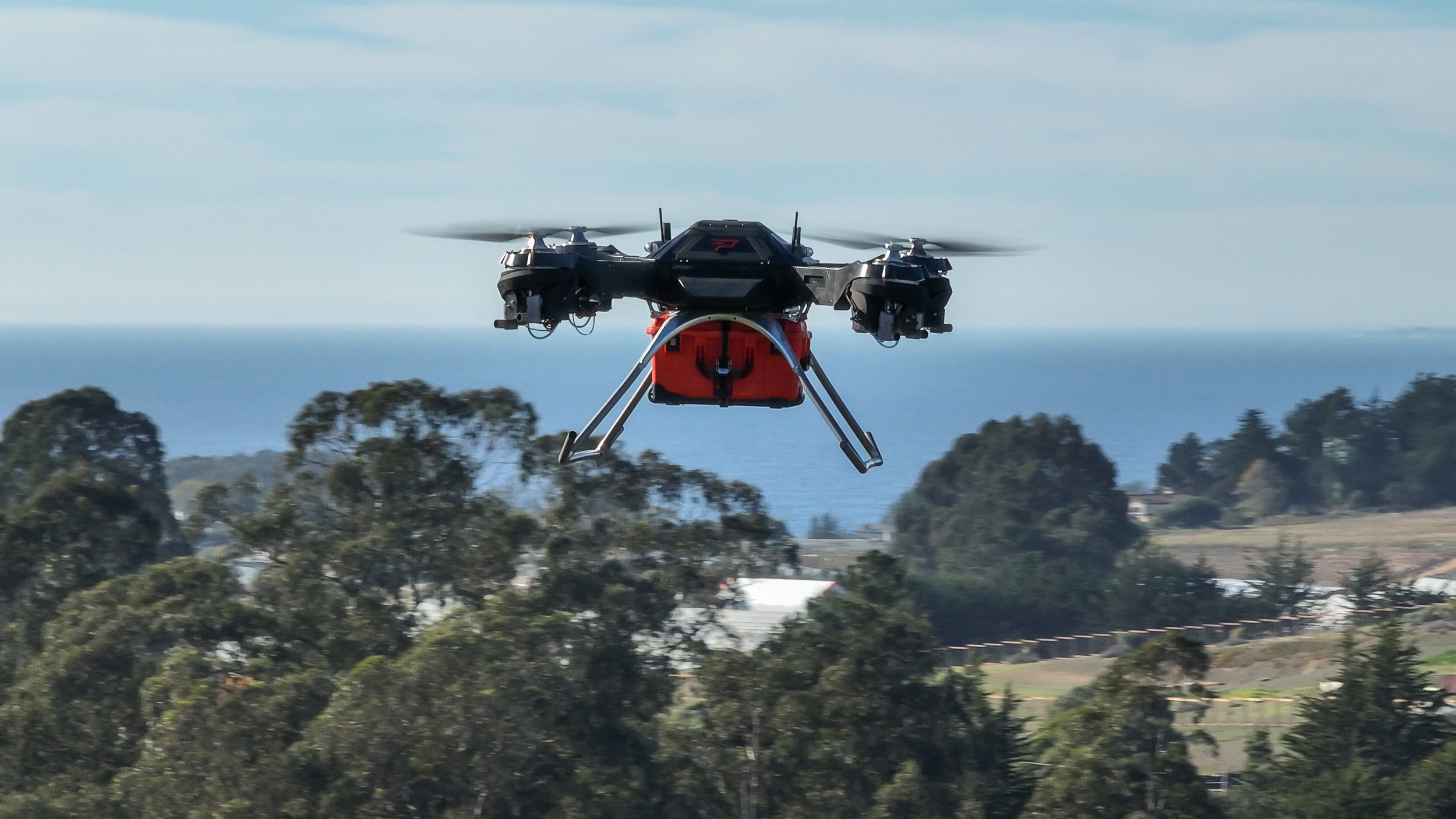



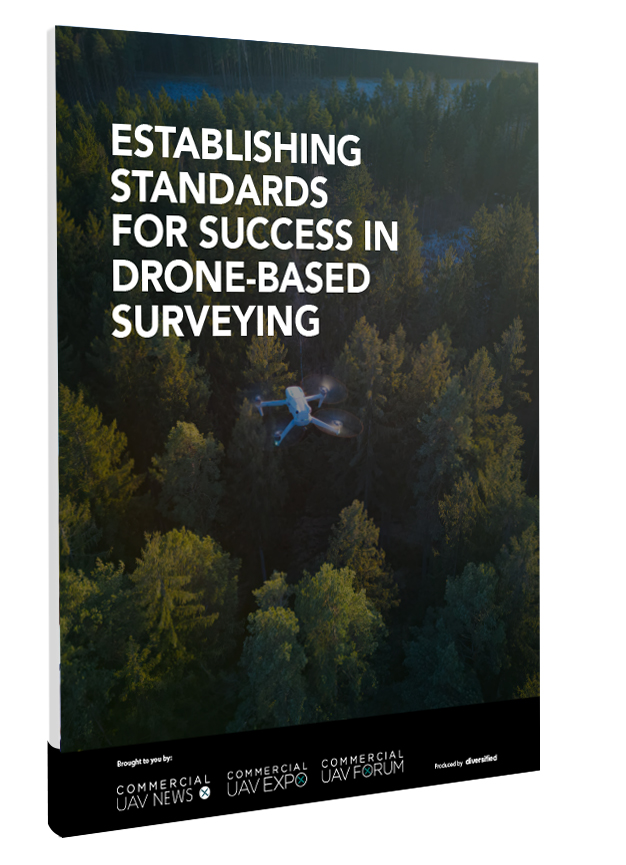





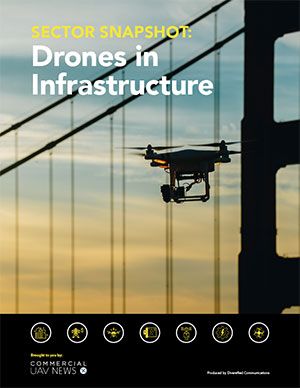
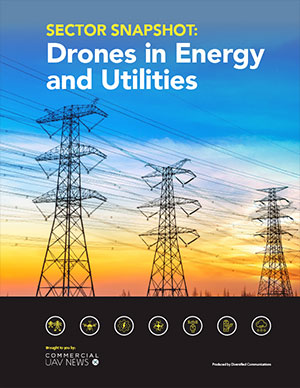

Comments